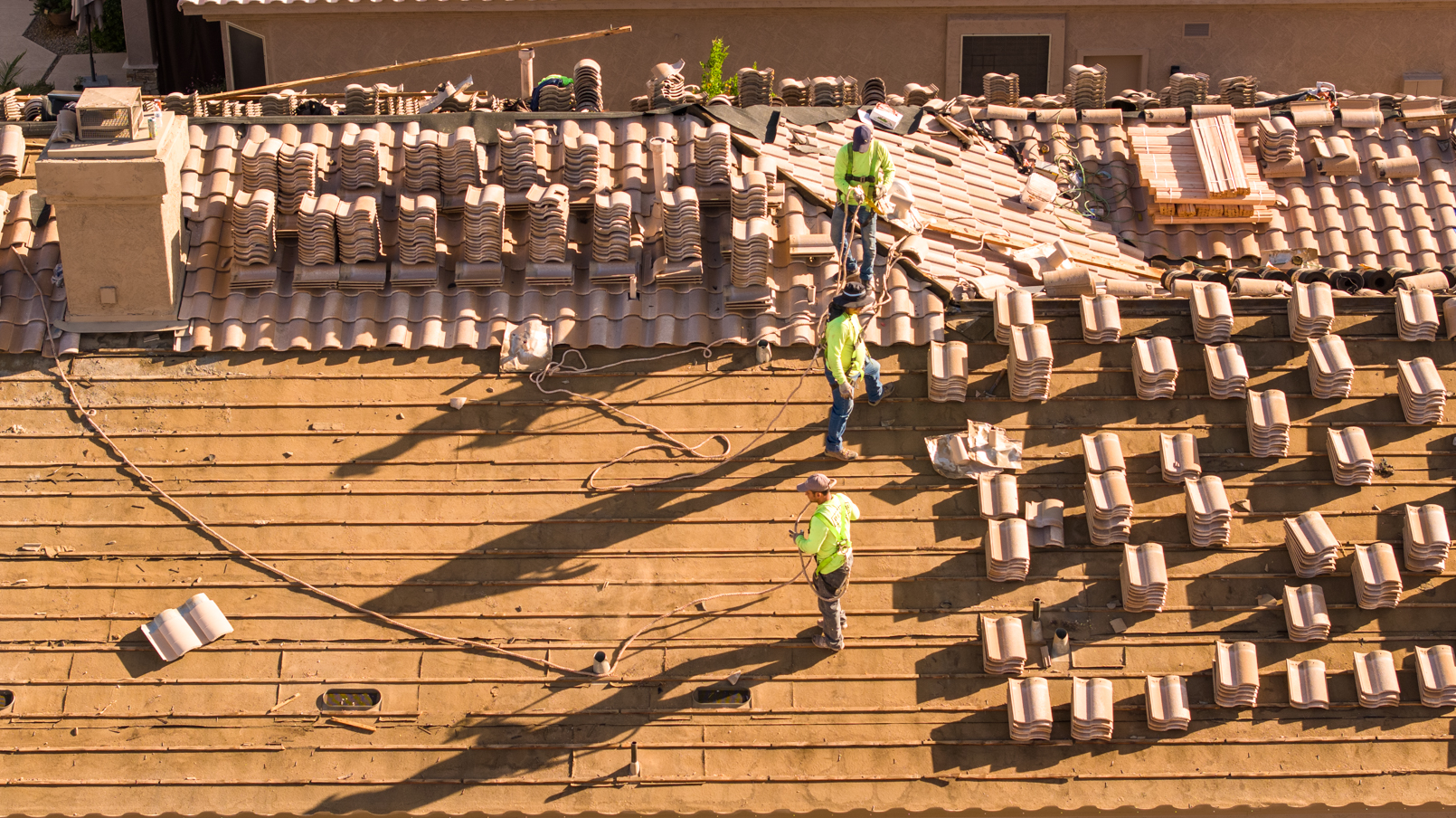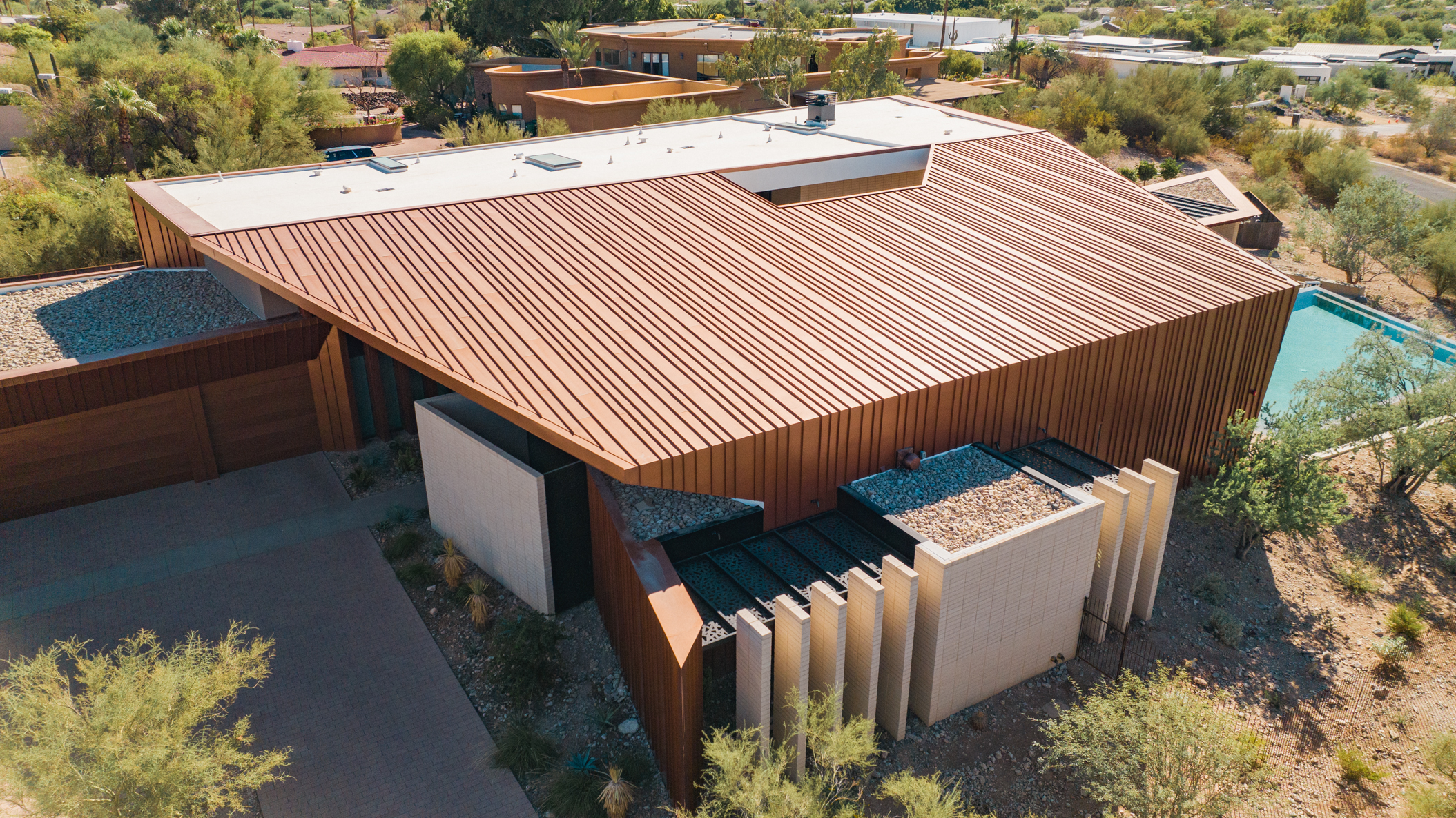Can Roofing Felt (Underlayment) Get Wet?

Is Roofing Felt Waterproof?
Yes Roofing Felt is waterproof and acts as the waterproofing layer on most tile and shingle roofs.
Roofing felt often gives temporary protection from the weather prior to the installation of the concrete tile or asphalt shingles. Although it is beneficial as roofing felts are not designed to be a permanent barrier for water.
Can The Roofing Felt Underlayment Get Wet?
Yes Roofing underlayment can get wet.
Can We Place Shingles on Wet Roofing Felt?
Shingles shouldn't be installed over wet or damaged roofing felt paper. It is because the absorbed moisture can’t evaporate when the sun heats the roof shingle. Also, if the roofing felt remains wet for long, it may have a chance to get rip while installing shingles.
What Happens When Roofing Felt Gets Wet?
When the roofing felt gets wet, it acts as a shield to repel the water repel property.
Proper Installation of Roofing Felt
Roofing felt is designed to repel water, and should be installed in dry conditions.
Roofing Felt: Why It’s Necessary
Roofing felt is necessary because it acts as the waterproofing layer below the concrete tile or asphalt shingle roof system.
It Resists Water
A Weather Shield
Meets an A-class Fire Rating with Roof Shingles
Roof shingles alone cannot meet the A-class fire valuation that it does with the roofing felt in place. While choosing a roof felt, ensure that it is approved as well as compatible with the roof shingles
Need to talk to a roofing expert about your roofing concerns? Contact us or Call Now.


